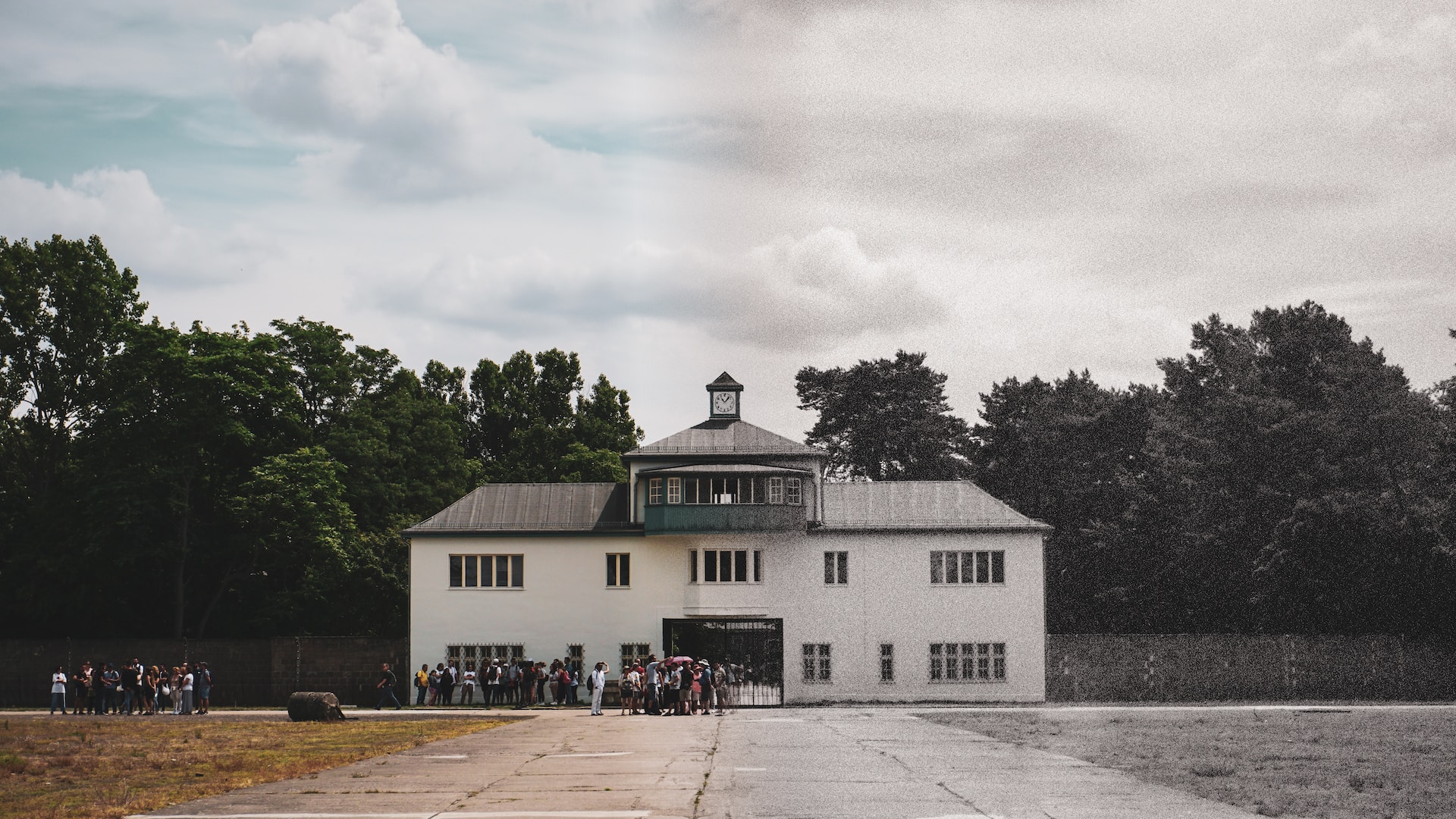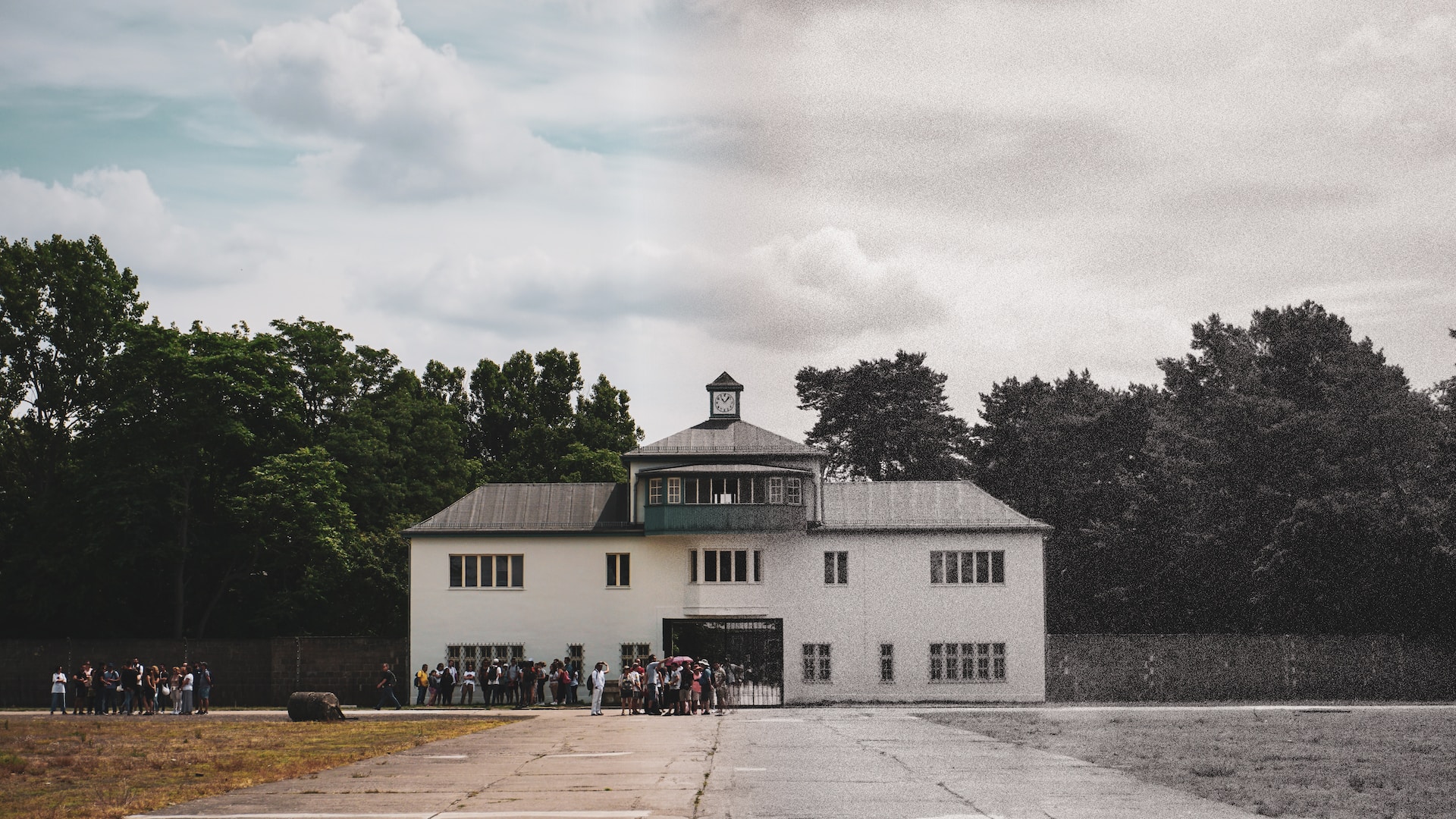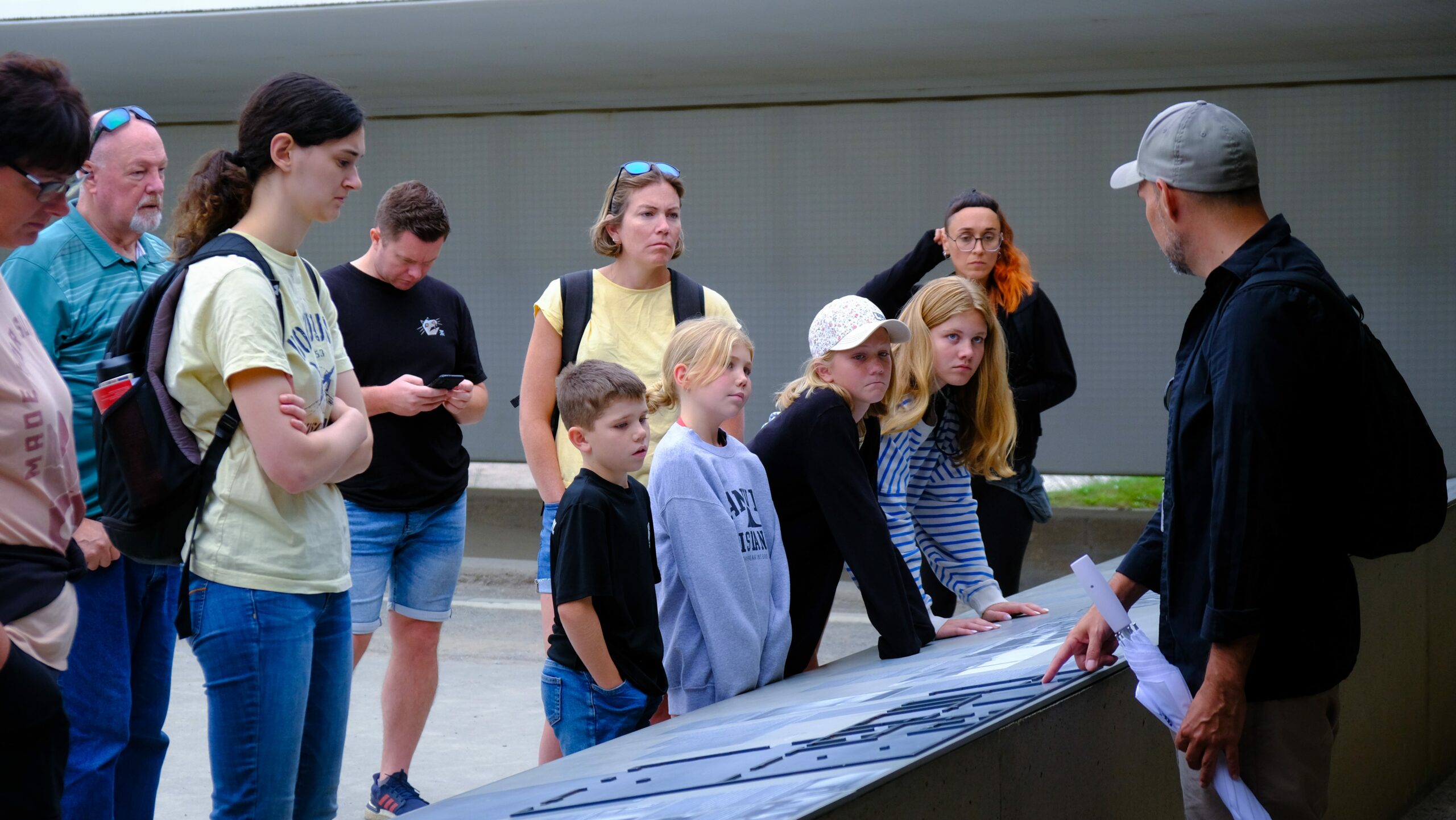The Sachsenhausen Concentration Camp was among the worst and most well known Nazi concentration camps established during World War II; it is located twenty kilometers north of Berlin. Important in the Holocaust and set an example of what other concentration camps would be like. In this article the reader will learn about the background and importance of the Sachsenhausen concentration camp.
1. Origins and Construction
Basically constructed in 1936, Sachsenhausen was initially used by the Nazis to imprison political prisoner. It’s situated on the premises of an ex brewery, some 22 kilometers in the northern outskirts of Berlin. The structure intended to detain and torture persons according to political views, religion, color, or orientation.
Initially intended for about 6 000 prisoners, Sachsenhausen continued to grow in the subsequent years, and by war’s end, held in excess of 200,000 prisoners from many countries.
2. Life in the Camp
It should be noted that everyday life in Sachsenhausen was as barbaric as can be imagined. They were profiled by demeaning them through force hungry labor, lack of proper food supply, and regular physical assault. It was very much planned to demoralise and gradually ‘wear down’ its inmates.
Imprisoned people had to do forced labor and were engaged mainly in various workshops or factories belonging to German industrial companies. It became worse because they had to work for long hours under worse conditions, any sign of weakness or inability to meet the set production rate, was punished severely.
Also, medical experimentation, use of torture, and killings were a socially normal practice in Sachsenhausen. The ‘A’ tower, or the ‘Tower of Death,’ was for the hangings; the ‘Z,’ or stations for gassings and crematoria were in the ‘Station Z.’
3. Extermination and Liberation
As with most other concentration camps, Sachsenhausen also functioned as a killing center, too. Thousands of prisoners died from executions, medical experiments and through planned starvation. The camp was in action up to its liberation by Soviets in April 1945.
Nevertheless the site was still used as internment camp for the Soviets after the war incarcerating people on the charge of collaborationism or politically unreliable until 1950.
4. Memorial and Remembrance
Now a memorial and a museum, the Sachsenhausen Concentration Camp provides the witnesses of historical past and the honoured victims of Nazi Germany. As such, it serves as a memorial that has the purpose of educating future generations of the vices of the world and strive to preserve a tolerant society.
Current freedoms permit a visit to memorial place which offer creations as well as historical consideration throughout exhibitions, touring guides and preserved structures for understanding the functional camp. Tourists will be able to meet the history of the camp, prisoner’s stories, and the general history of the Holocaust.
Conclusion
The Sachsenhausen Concentration Camp around Berlin is of special historical importance since it reveals the level of the tortures inhumanity of Nazis. It tells a story of genocide that claimed the lives of millions and agonized people during the holocaust. It helps people think about what happened, give them a moment to pay tribute to the victims as well as a learning experience. History is a subject through which people try not to allow oneself such actions to happen in future.





